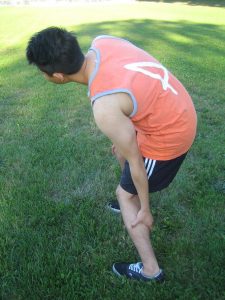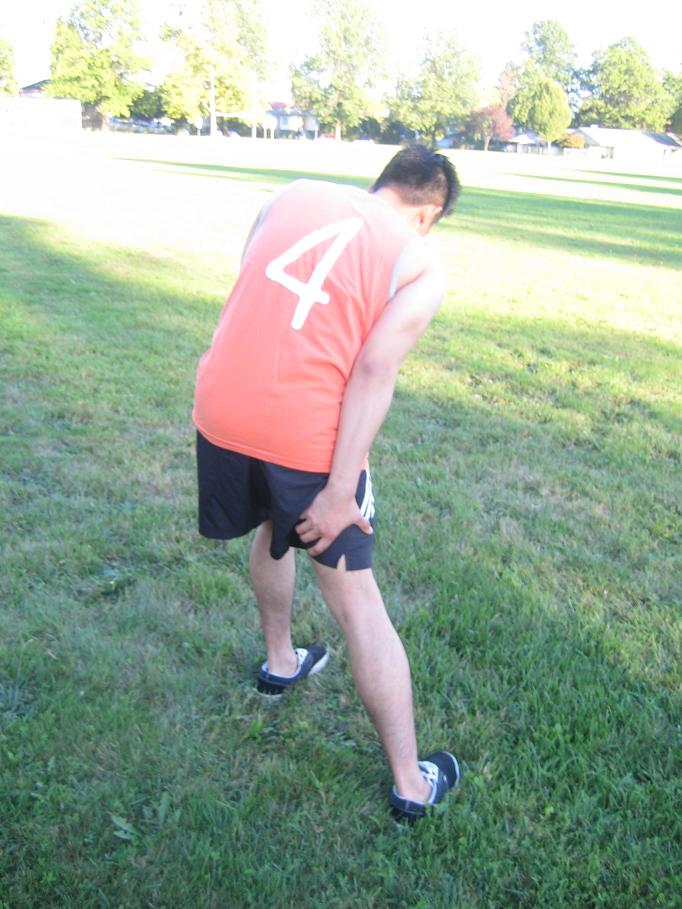A lower leg contusion is a blunt, crushing injury to the ankle, leg or foot which result to a break in the skin. Generally, a contusion causes to the skin and underlying soft tissues. Blood can seep out of the injured small vessels of blood or capillaries and accumulates in the surrounding tissues and develops black-and-blue marks underneath the skin.
The leg contusion can be caused by a direct blow or trauma to the muscles and usually common in people playing soccer. Furthermore, a direct blow to the lower leg will result to internal bleeding. This bleeding will result to leg spasm or cramps which causes pain.

People performing manual labor or other physical active work or participating in high-impact sports are at a high risk of developing lower leg contusions.
Symptoms
- At first, incapable of using the lower limb
- Pain upon sudden impact or force
- Pain when stretching the affected area
- Difficulty in walking
- In addition, bruising and swelling of the affected area
- Tenderness when touched
- Lastly, the skin is warm and hard when touched
Treatment for a lower leg contusion
- Take plenty of rest for fast healing of the condition.
- Take the prescribed pain medication such as ibuprofen and naproxen to lessen the pain and the swelling.
- Apply cold compress immediately after the injury for at least 10-15 minutes every hour during the severe stage. Generally, it is usually the first 24-48 hours. Avoid placing ice directly on the skin. Wrap ice with a cloth before placing to the area to prevent ice burn and worsen the condition.
- Use a compression bandage or support to lessen the bleeding and the swelling of the affected area. Avoid wrapping the compression too tight to prevent problems with circulation.
- After 24-48 hours apply heat in the form of hot packs, heating pads, hot showers and hot whirlpool bath. Generally, apply heat for at least 10-15 minutes for the fast re-absorption of the blood by increasing flow of blood in the affected area.
- Elevate the area above the level of the heart to lessen the swelling and the bruising. Furthermore, when lying down raise the leg in couple of pillows to keep it elevated.
- Use crutches for at least 3-5 days to lessen the pressure placed on the affected leg, prevent unnecessary movements and for fast healing of the condition.
- Massage the affected area after the bleeding stops. Massage breaks down adhesion and increase the flexibility of the muscles and flush away toxic waste products. In addition, sports massage also lessen the tension in the muscles and increase flow of blood and for fast healing of the area.
- Seek the help of the physical therapist for some rehabilitation exercises to maintain and improve the mobility and flexibility, restore muscle strength, return full fitness of the affected area and lessen the pain and the swelling.
Disclaimer / More Information
The material posted on this page on lower leg contusion is for learning purposes only. Learn to recognize and manage the injury by taking a first aid and CPR class with one of our training providers.
FACT CHECK
https://orthoinfo.aaos.org/en/diseases–conditions/muscle-contusion-bruise/
https://kidshealth.org/KidsHealthDemo/en/parents/az-lleg-contusion.html

